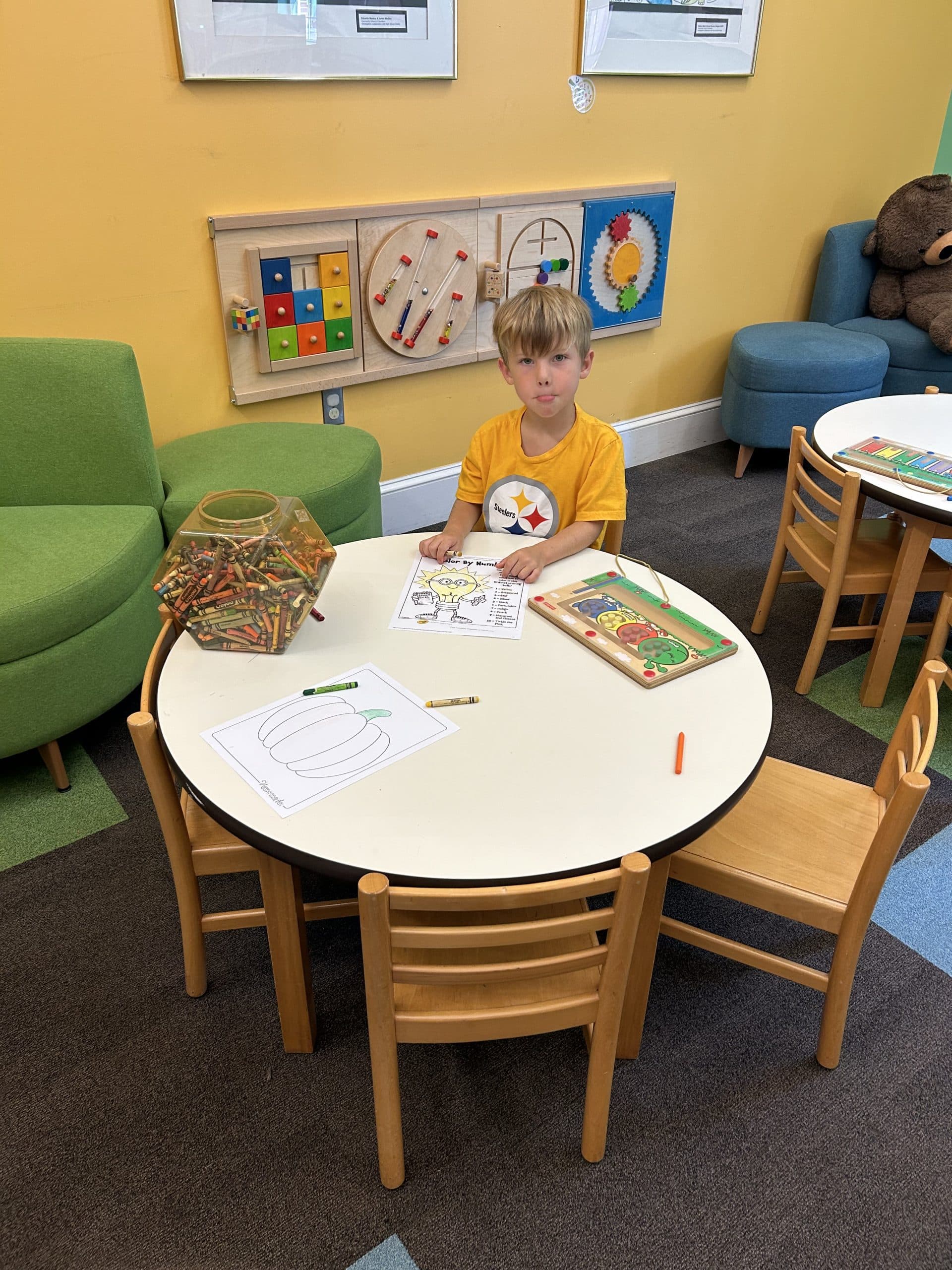Statewide assessments measure progress, hold schools and teachers accountable, and provide important data that helps teachers with intervention and improvements. According to The 74, “Statewide exams are designed to serve four critically important purposes: monitoring statewide educational growth and achievement; evaluation and continuous improvement; transparency and public engagement, and the signaling of expectations for student learning”.
These tests have been debated for decades. Many claim that hours of test preparation divert students from instructional time in the classroom.
Statewide Assessments Have Many Faces
Through state tests, schools are transparent about learning. They set a pace for setting school goals for students. State tests provide a pathway to understanding a school’s weaknesses and strengths. They give schools a chance to analyze outcomes and current trends, thus setting a focus for the justification of future programs and student success.
Many complain that the tests only focus on memorization and not problem-solving skills. This leaves out a student’s need to solve real-world problems. The test also does not consider various learning styles or diversity issues. No teamwork or creativity is involved in the test, which is a large part of today’s classroom and workforce.
Many tests do not provide accommodations for students with learning problems or test stress, making proficiency more difficult for these students. Even with extended time for some students, the focus is on speed and test-taking proficiency, leaving many students unable to demonstrate their learning.
Alternatives to State Assessments
It’s been suggested that alternate methods need to be tried to broaden the range of skills learned. Some suggest that project-based assessments be built into the standardized test. Thus, team-based problems assess a range of skills instead of the focus on memorization. They focus on problem-solving and critical thinking. PLB also gives educators a chance to create situations according to student strengths.
Standardized tests are considered outdated. However, no alternative test assesses a full range of abilities. Presently, standardized tests measure how quickly students comprehend the questions. Schools adjust schedules to accommodate the assessments. Classrooms must cover any bulletin boards that may provide a clue or an answer to a test question. Teachers, administrators, and staff must follow strict rules that are uniform for all testing. Even the scoring procedures are uniform.
How To Succeed
For students to succeed under the present testing system, they must read directions carefully, utilize their time wisely, and avoid getting stuck on any one question. Students must choose a logical answer to each question and try not to stress or panic.
Creating a relaxing atmosphere for students is essential. Students should be well-fed and hydrated before the test. Ensure distractions are eliminated and that students have enough space to write. Students should not hesitate to guess an answer instead of leaving it blank.



